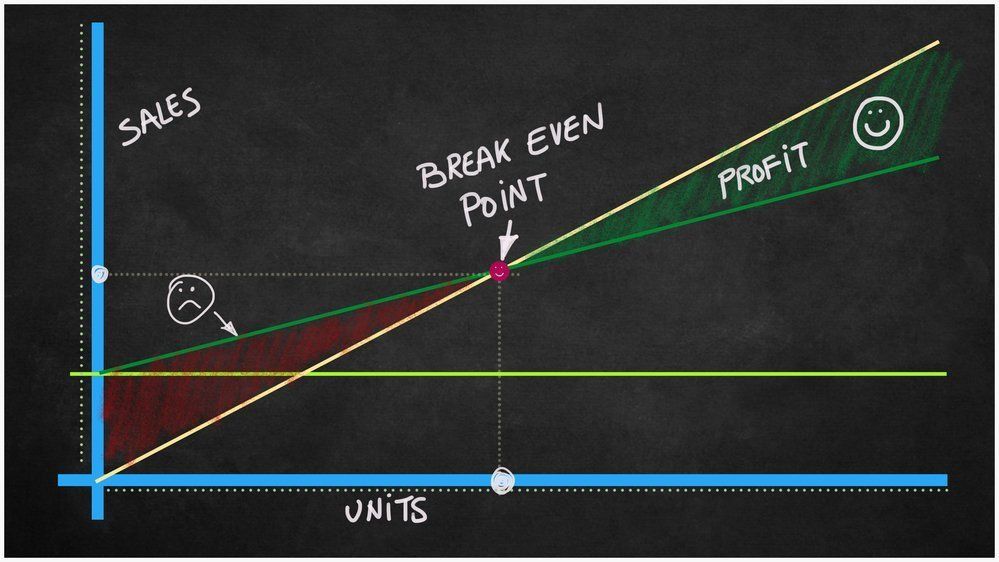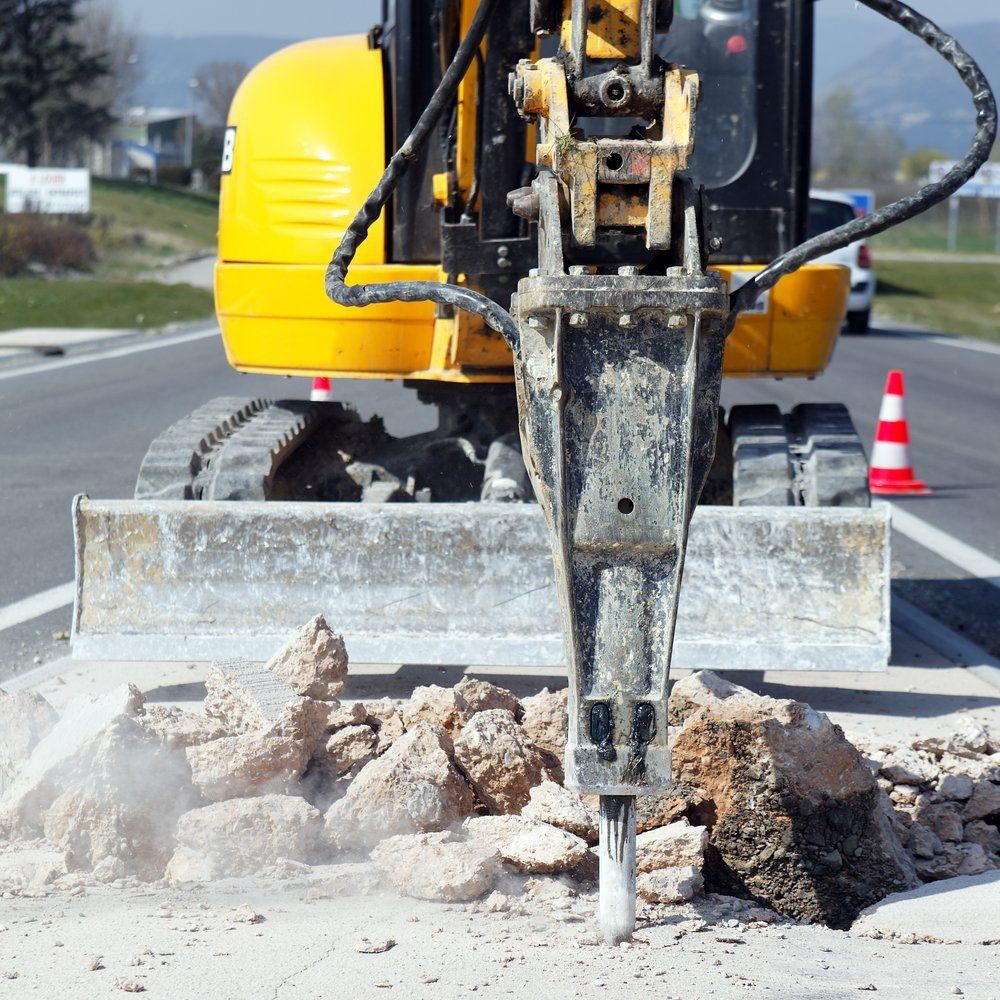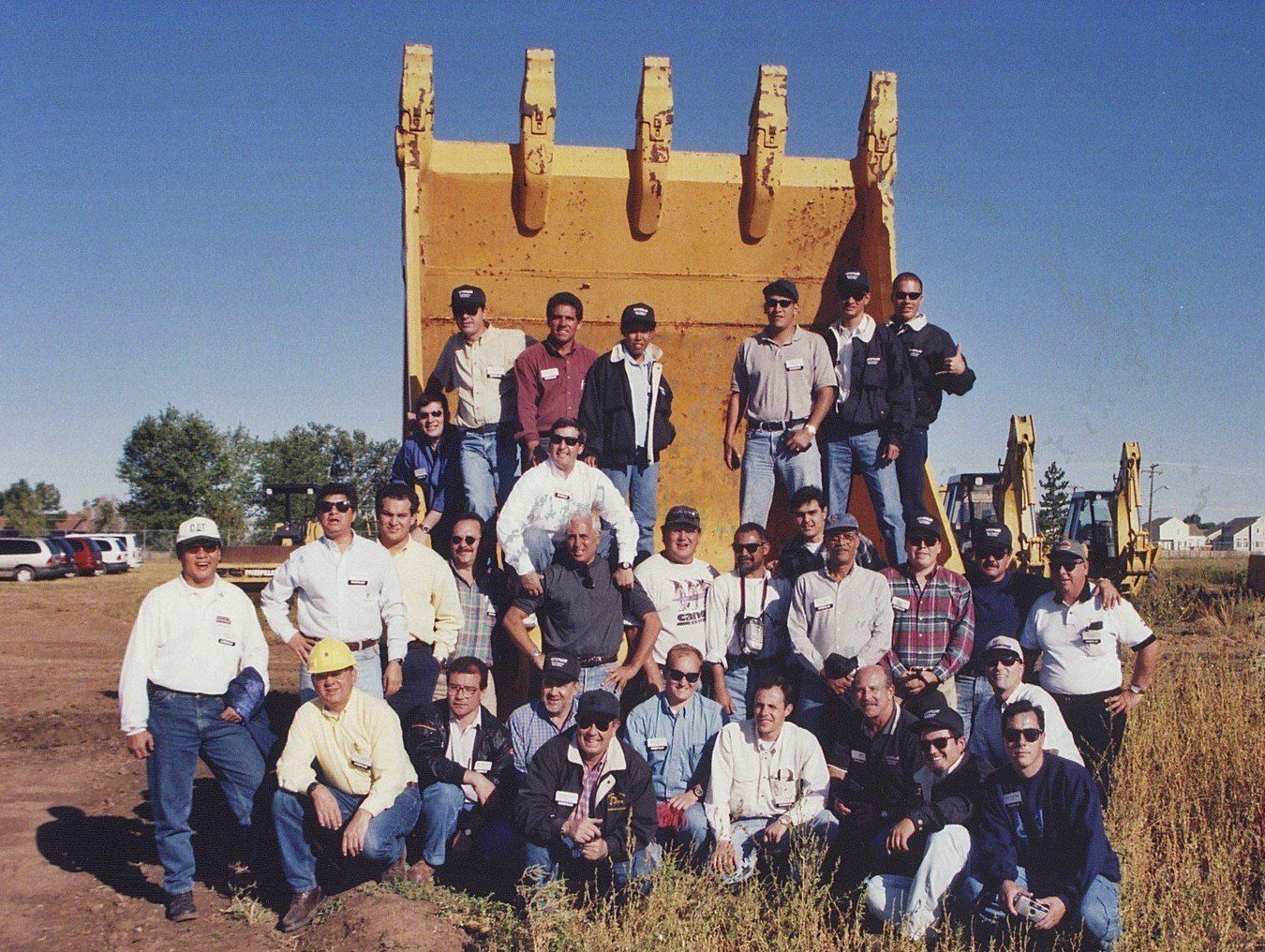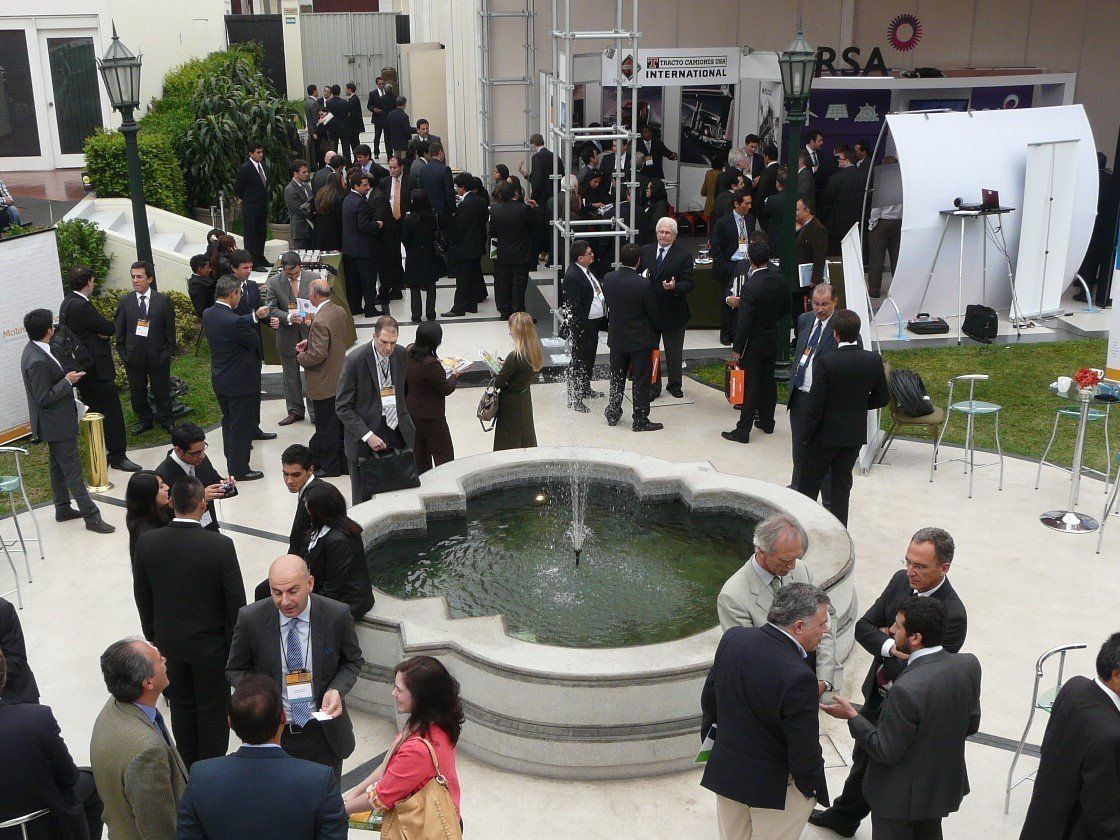Review your Compensation Plans
- By Staff Writer
- •
- 09 Sep, 2016
- •

As a business owner I have had those nights when I couldn’t sleep due to tight finances and wondering how I was going to make payroll on Friday. During this same time, my sales staff and managers were getting a great night’s sleep because they were not directly connected to the cash flow or net profit of the business. So the disconnect is the “offense” of the company does not feel the same pressures that the business owner does and if they did feel pressure, they might be inclined to offer innovative ways to drive revenue or reduce expenses.
Solution – get your management team and sales force directly tied to desired results. I am NOT talking about “bonuses” based on if we hit targets, I’m talking about having part of their normal compensation i.e. (salary, commission, performance bonus) to be “at risk”. I have found that if you modify the compensation plan to put 30% - 40% of their total compensation at risk, they pay attention better and are more inclined to offer innovative ideas, answer the phone after 5:00PM and do a better job prospecting. As a business owner you MUST have everyone engaged and focused on successful outcomes.
Solution – get your management team and sales force directly tied to desired results. I am NOT talking about “bonuses” based on if we hit targets, I’m talking about having part of their normal compensation i.e. (salary, commission, performance bonus) to be “at risk”. I have found that if you modify the compensation plan to put 30% - 40% of their total compensation at risk, they pay attention better and are more inclined to offer innovative ideas, answer the phone after 5:00PM and do a better job prospecting. As a business owner you MUST have everyone engaged and focused on successful outcomes.

The equipment industry is a capital intensive business and the threshold for entry continues to rise. You need a location, you need inventory, you need people, you need marketing, you need transportation, you need technology, etc. Now that you’re in business, you need to generate Gross Profit Margin to pay your bills. Not all of your revenue streams have the same yield. At the end of the month, it is the mix of revenues that you generated that tells the story, not the top line revenues.
According to AED 2015 survey statistics, the average dealer has a blended GPM of 20.5% while in contrast the high performing dealers have a 24.1% GPM. That my friend is a 20% difference! Don’t think for a minute that those dealers are able to sell machines, parts and service at 20% higher margins…they can’t. The secret is the way they approach rental, not only in fleet size and capital commitment, but also in their diligence to keep the fleet highly utilized.
Someone in your organization should be monitoring the revenue mix and the margins being created and engineer your way to better profitability. You actually do have control over the products and services you offer and it needs to not only serve the local market, but make sense from a financial perspective. Don’t take on lines of equipment or services that will use a disproportional amount of resources and not ADD to your Gross Profit Margin.
According to AED 2015 survey statistics, the average dealer has a blended GPM of 20.5% while in contrast the high performing dealers have a 24.1% GPM. That my friend is a 20% difference! Don’t think for a minute that those dealers are able to sell machines, parts and service at 20% higher margins…they can’t. The secret is the way they approach rental, not only in fleet size and capital commitment, but also in their diligence to keep the fleet highly utilized.
Someone in your organization should be monitoring the revenue mix and the margins being created and engineer your way to better profitability. You actually do have control over the products and services you offer and it needs to not only serve the local market, but make sense from a financial perspective. Don’t take on lines of equipment or services that will use a disproportional amount of resources and not ADD to your Gross Profit Margin.

When working with a new client that has a rental fleet, the question will inevitably surface “How hard is the fleet actually working?” Most owners and fleet managers can’t answer that question. They are measuring rental revenues; they might be measuring financial utilization (annual fleet revenue / original fleet cost) or they might be measuring gross profit from the rental department. Having sold two rental companies in my experience and working on a couple of due diligence teams, the question that a prospective buyer wants to know, “Could we get more revenue from the same fleet of equipment?”. Then they want to know how sustainable is the revenue stream being created by the rental fleet before
we need to make reinvestment?”
You should be able to answer those two questions as well. You are the investor. Don’t get caught up in measurements that are not true indicators of how your portfolio of rental equipment is really doing. Some measurements are appropriate for daily and weekly performance indicators, some are more appropriate for monthly or annual evaluation and others speak to investment performance.
we need to make reinvestment?”
You should be able to answer those two questions as well. You are the investor. Don’t get caught up in measurements that are not true indicators of how your portfolio of rental equipment is really doing. Some measurements are appropriate for daily and weekly performance indicators, some are more appropriate for monthly or annual evaluation and others speak to investment performance.

Since the recent recession starting back in 2007, most businesses have less personnel today than before. With the economic climate still being a bit suspect, these same companies are reluctant to return to the prior staffing levels. This puts customer service levels at risk due to fewer people trying to do all the prior workflow. In most cases speed and accuracy suffer as a result, or in best case scenario the demand on current staff is not sustainable. This leads to poor customer service and creates an issue with customer retention. Solution – Now is the time to invest in technology! Most companies have not spent any significant money on technology over the last decade, and yet the tools that are now available to operate our business and interact with our customers has never been better. Technology will enable much better workflow, and position you for scalable growth with minimum staffing increases. This is where the competitive edge is going to come from in the future. Make sure you are planning on investing in technology in 2017. Start planning your best investment in your business right now.

In the consultancy businesses we see all types of companies, large and small, start-ups and those that are decades old. One of the most common issues that is facing business owners today is the complacency factor. Many of our clients started a business with strong entrepreneurial spirit, took the plunge, accepted the financial risk and have battled their way to a very attractive lifestyle for themselves and their immediate family. What’s wrong with that? Nothing really, except in most cases it is not sustainable for many different reasons. The most glaring is the fact that when the owner is not focused on growing the business, then the resource commitment (people and money) are not priority. This doesn’t bode well for employees that are seeking career opportunities. As soon as your “A” level employees realize that the business is really in a “cruise” mode rather than focused on profitability and future growth, this usually means their earnings potential is capped. Then the question becomes, your comfortable lifestyle versus the hard work and capital commitment to grow the business. When you choose you…the “A” team will leave and you will only have the “B and C” players, who will not challenge anything within the organization, status quo is fine and are glad to have a job. This will create a negative company culture and is not sustainable in the future. Don’t be a settler.






